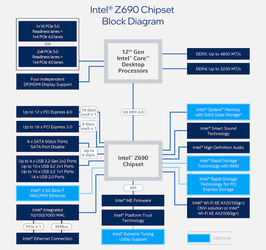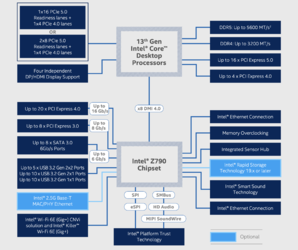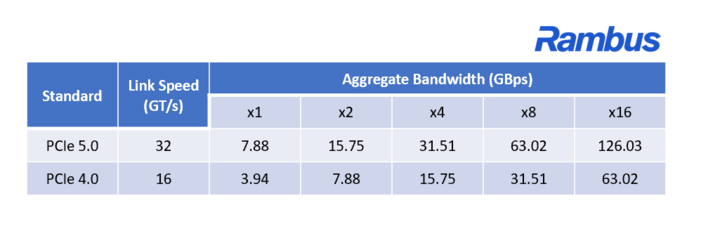- Joined
- Nov 1, 1998

Click here to read more!Intel's latest Z790 series motherboards were announced yesterday. This article will highlight some of the major manufacturers' recent news releases. Included are snippets of press releases from ASRock, ASUS, Gigabyte, and MSI. Links are also added if you would like additional information about individual products or the entire series.



